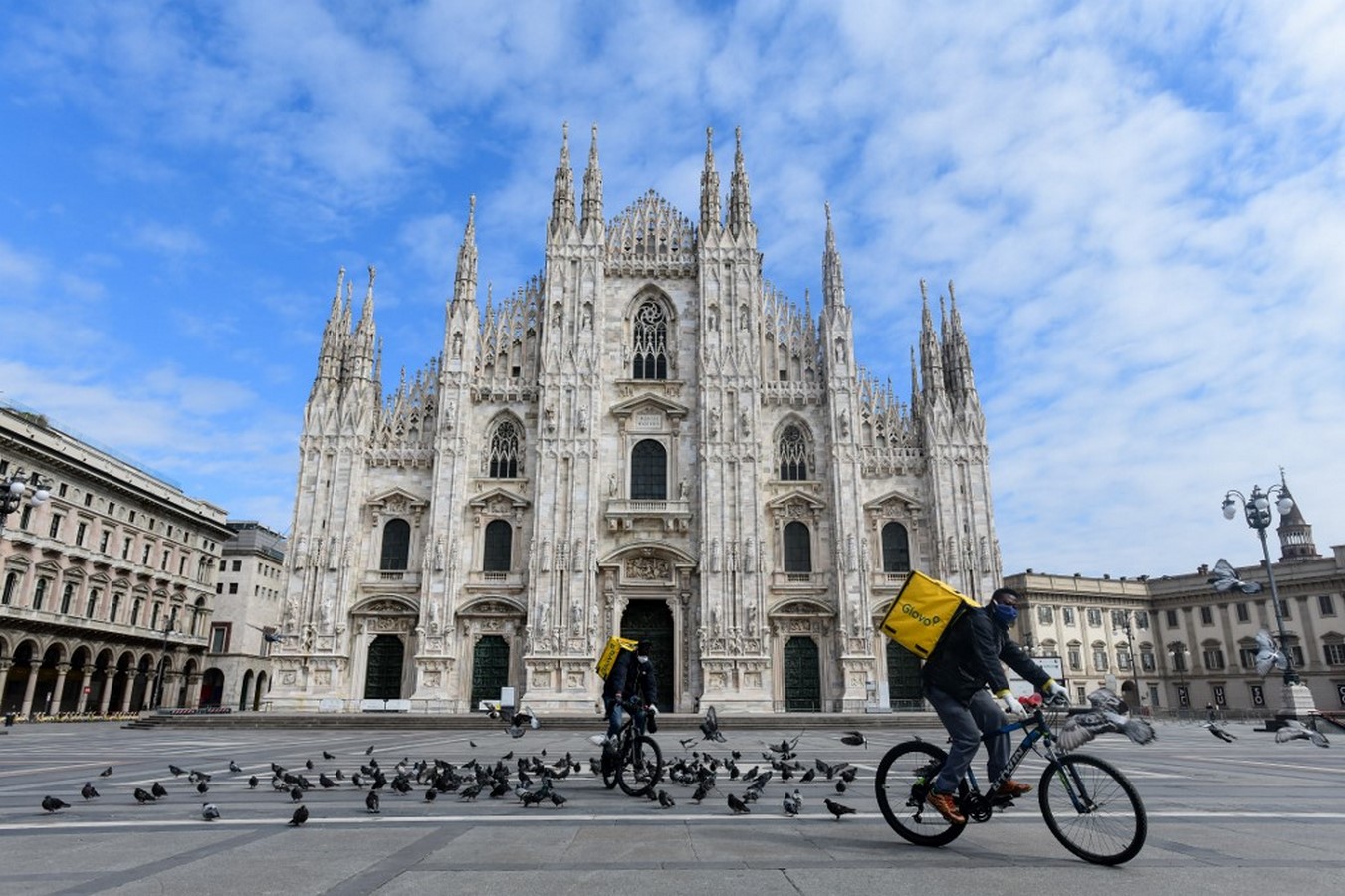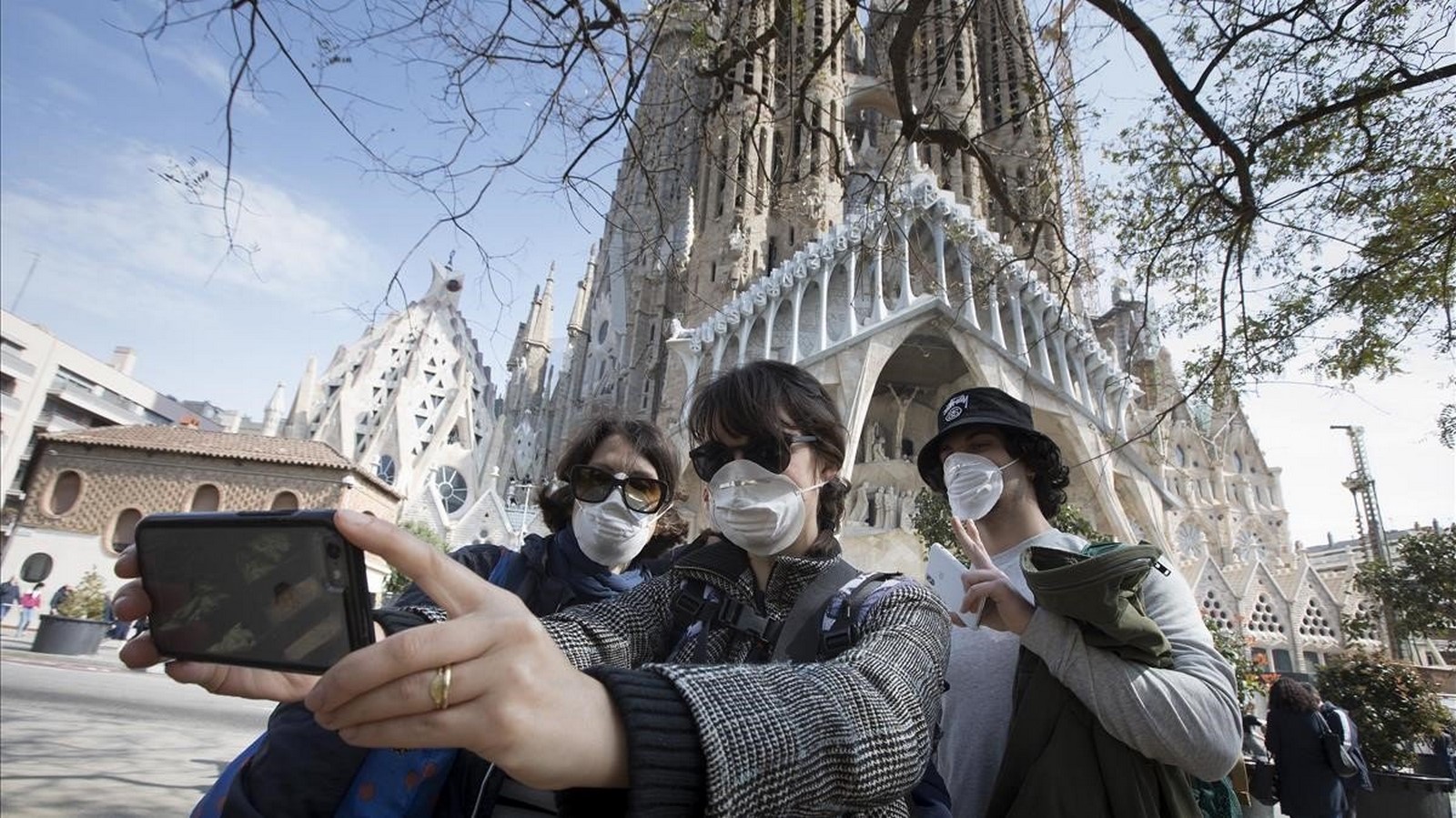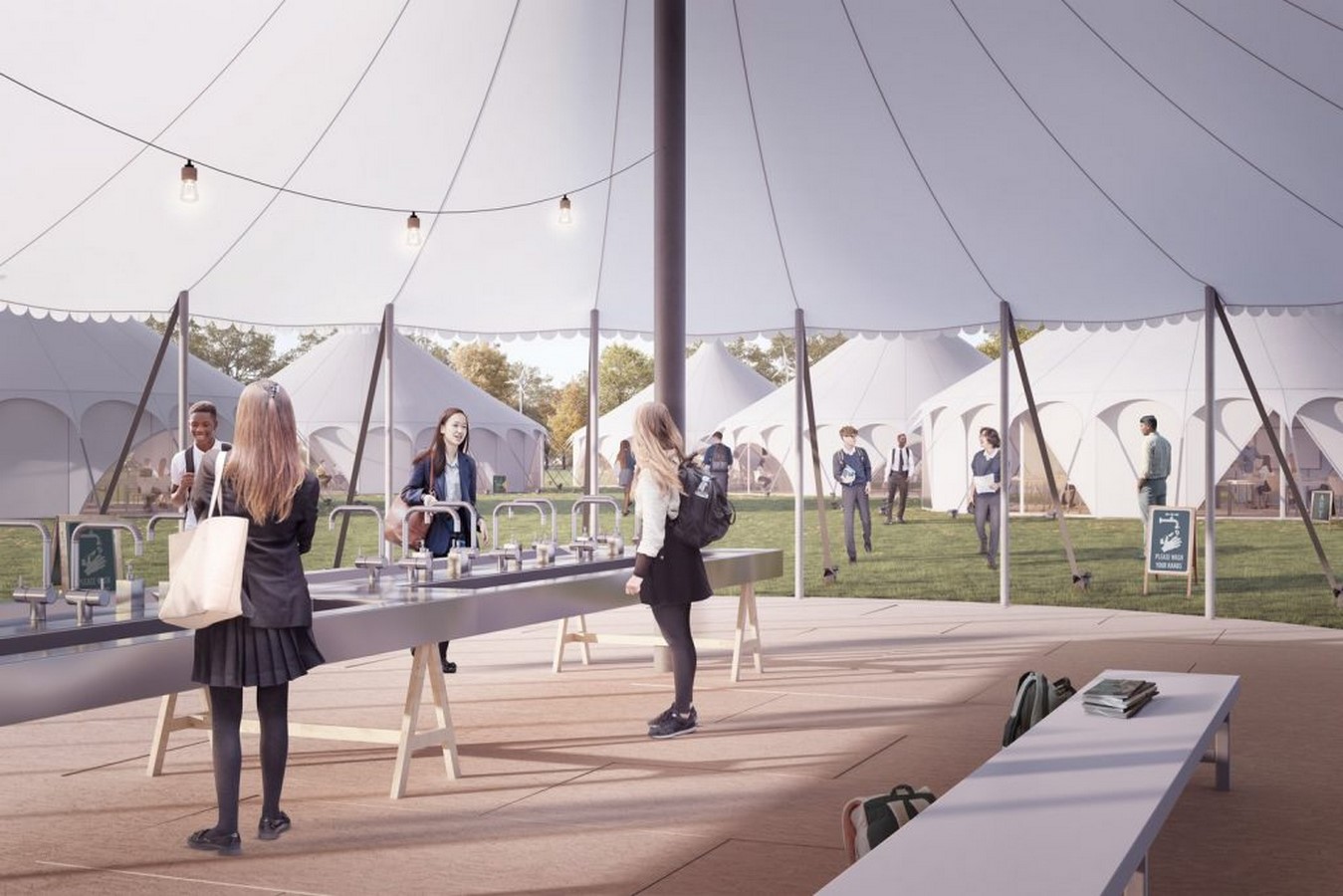Big changes are triggered by big events.
Change in the cities is not happening overnight. It is a slow process that can take up to decades and various generations to settle and change the landscape around. However, dramatic situations are the express trigger to a sudden change. To an impactful one. Only when a matter hits the whole of the population in the blink of an eye will mankind react and act upon something that has been there to change for a long time.
Thus, just while a climate crisis that has existed for years is more evident than ever and yet it hasn’t gotten to be acted upon, a global pandemic has arrived to join the world together in barely a few weeks.
After the arrival of Covid-19 and the subsequent lockdown, every major city has opened their eyes to the need for change. How has this change risen in the major urban cities in Europe?
It seems obvious to start this reflection looking at Italy, as it was the first city to fall in the eastern world: In a matter of weeks, a society that was city-centered around work-life, commuting, and socializing found themselves lost in the chaos and confined to the loneliness of their homes. And, just like they were the European pioneers in lockdown, they were also our blind guides in the de-escalation process.

Only the elder generation in Europe has lived through freedom-restricted wartime, so it is something new for most of us to leave our homes and feel surrounded by rules. And, even those who have experienced something similar, find desperation now in the lack of a tangible enemy, in the invincible immateriality of a disease that won’t be threatened by weapons or walls.
When Italians were ready to leave their homes and return to their social life, they found that the city they had left was far from suiting the needs of the new normal: a city that has been designed for a certain lifestyle is now lacking the support to maintain social distance, to promote safe interactions of to encourage the re-instauration of commerce with street long queues due to capacity restrictions.
The main changes in the cities of Rome and Milan have been in the transport field. With people still fearing public transport, cycling around the city has increased exponentially due to the isolated way of using it.This increase affected both private bicycles and the cities’ public bikes network: over half a million bikes were sold solely in the first month after the lockdown in the major urban cities in Italy.
In this regard, Barcelona has also released a public manifesto, addressed to the city Major, Ada Colau.
With Spain being the second European country to be massively affected, this manifesto signed by sociologist, ecologists, economists and other activists under the lead of Massimo Paolini (architect and member of the Political Ecology Network), has taken the chance presented by Covid-19 to address issues that go beyond the scope of this virus. They’ve made a claim on the urgent risks of capitalization and climate change, begging for a step back in the way cities are conceived, and asking for them to be “returned to the citizens”.
In these lines, they reflect petitions such as strict restrictions on the use of private vehicles, the adaptation of the road to pedestrian use to allow social distancing and reduce smokes, the banning or airport enlarging plans, or the revoke of tourism-use flats around the city, amongst others.
Although the plan is conceived and presented for the city of Barcelona, it is applicable to any major city, as they are all suffering from the same problems nowadays.

This will take us to London, the city which suffers the most from the effects of globalization, and one of the greater challenges of post-pandemic city adaptation.
How do you change the city of everything? How do you alter the epicenter metropolis where all globalization happens first? How do you make London disease-safe when it is the city of everyone coming together? Such a large challenge has forced architects all around the globe to think on a smaller scale and face it step by step.
Some of the most notorious changes have been planned in terms of working and education: the office concept is being reinvented as a decentralized space with people being able to work from home, just as schools look for the way to continue working while ensuring the safety of the students.
Events such as the London Festival of Architecture have taken this unique year to seek for reflection and proposals on these topics, and one of the most notorious ones has been the schooling method proposed by the British architecture firm Curl la Tourelle: more than just some white marquees, the design displays a whole study and the proposal of a new schooling method outdoors-based, looking at the system running in the Nordic countries.

However, and in spite of all major cities getting to this point at different times, the key thing to realize now is that it is time to work together for change. Brainstorming, creativity, and problem-solving design do not know about boundaries or home walls, and they should be able to come together now, from every model in every city, to create a global change.
A new design for post-pandemic cities that comes from all minds working together, even if physical isolation is threatening to return.


















